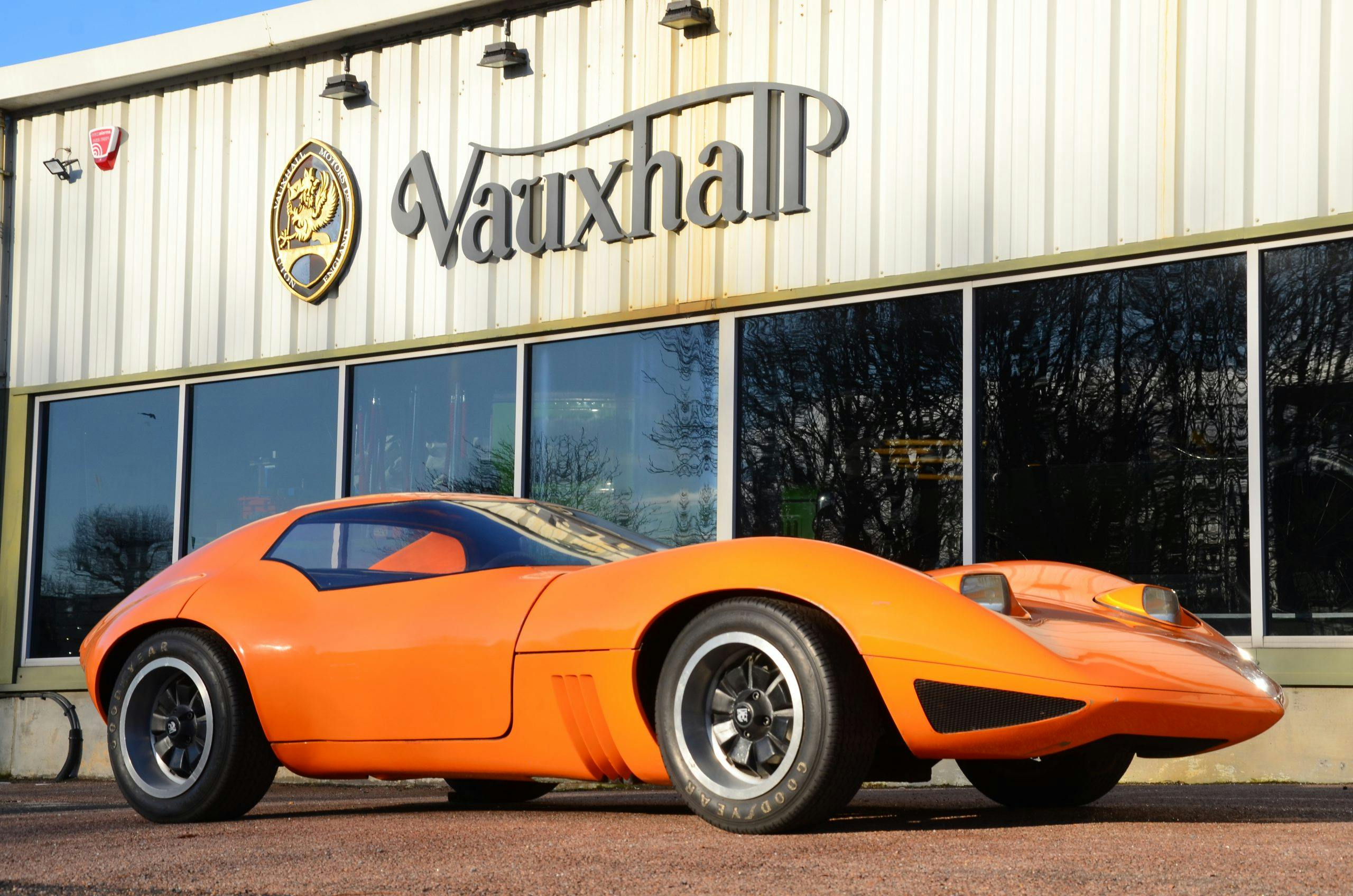Few ideas are genuinely new in the car industry by the time they reach production. Take Chevrolet’s much vaunted Corvette C8, which was unveiled just three years ago and arguably created more media frenzy than any other ‘Vette before it. The reason? After nearly 70 years of traditional front-engine, rear-drive evolution, Chevrolet had installed its V8 engine aft of the driver. But the idea was not new to Chevrolet, as the company’s mid-engined ambitions had been brewing for half a century.
In 1968, the ‘Father of the Corvette’, Zora Arkus-Duntov, had wanted to take the model in a completely new direction. His interest in mid-engine configurations had started more than a decade before, when as Chevrolet’s director for high performance he recognised that the best way to keep drivers cool in endurance races was to mount the engine behind them.

With the C3 Corvette launched, Arkus-Duntov built two prototypes – named XP-882 (for ‘experimental project’) – as an early vision of the C4. Radical in every way, the low-slung cars were 8in shorter and 5.8in wider than the C3, while shaving 700lb (318kg) from the production car’s weight. Still just about recognisable as Corvettes, each prototype’s V8 engine was mounted transversely between the cockpit and rear axle, transforming not only the Corvette’s chassis dynamics, but also how the car would be perceived to prospective buyers.
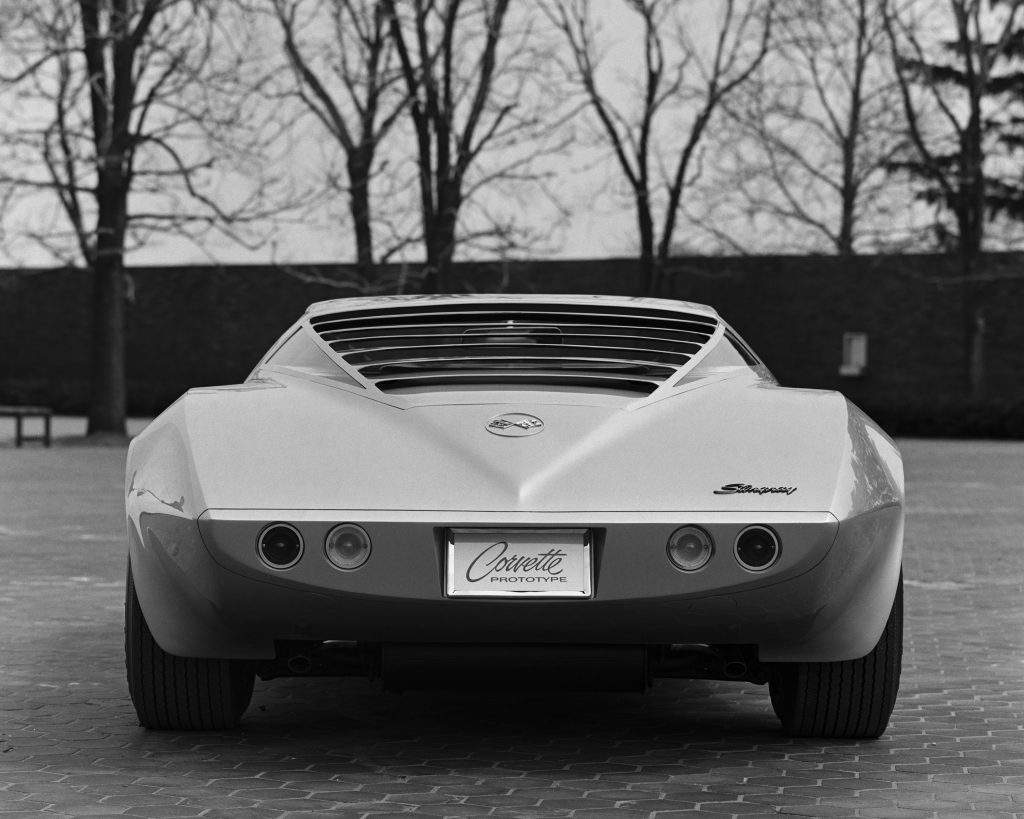
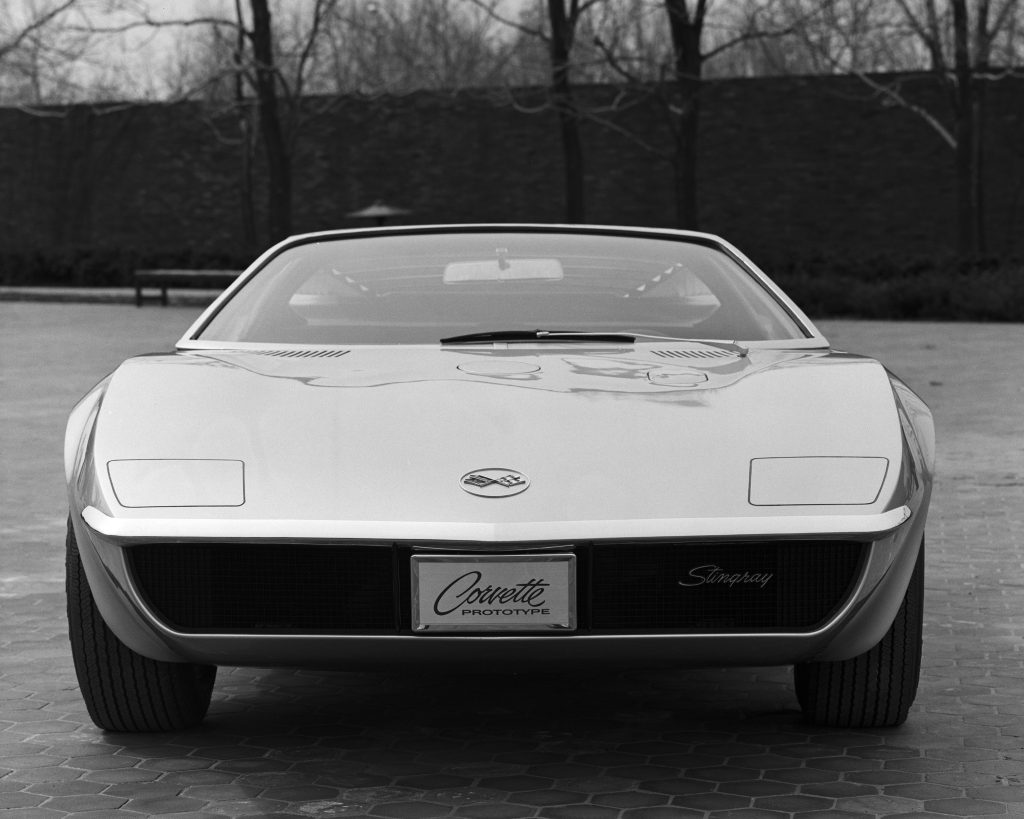
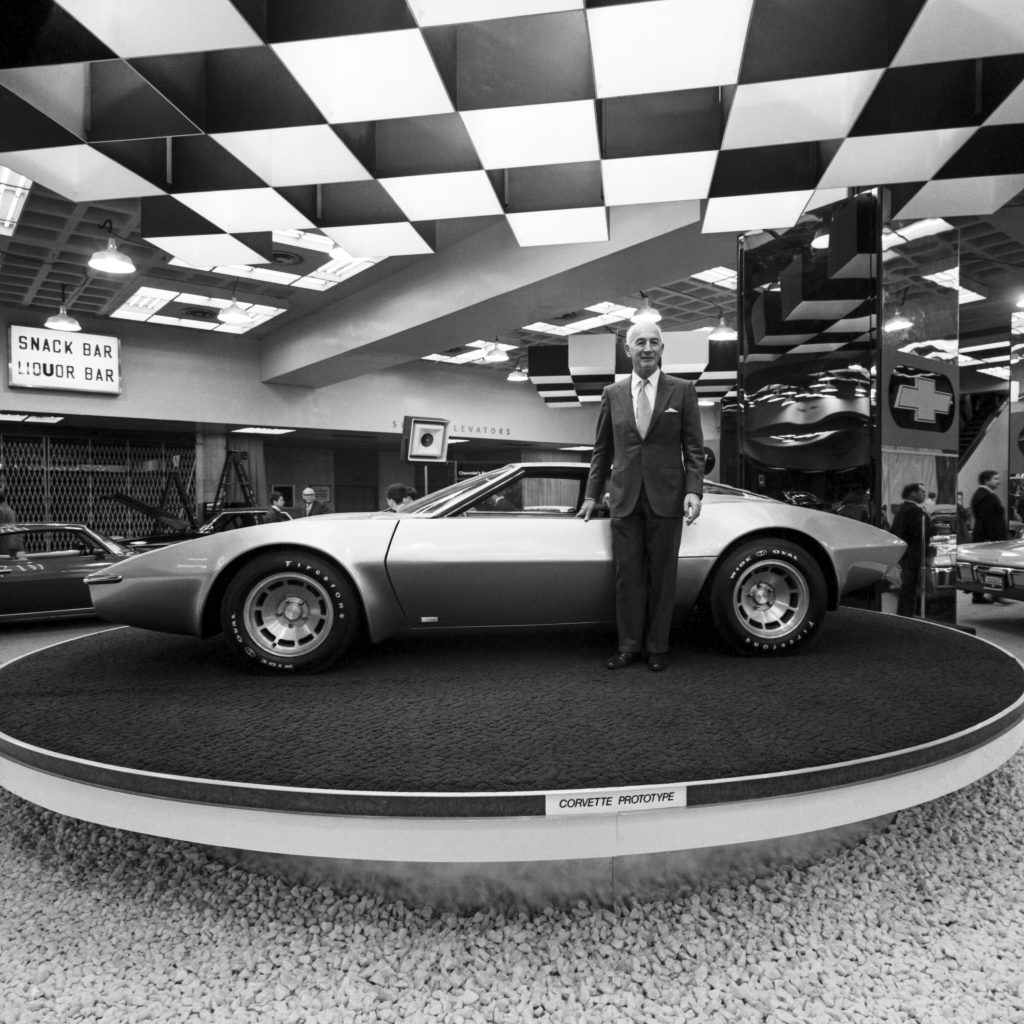
Maybe it was too much, too soon, though. John Z. DeLorean, Chevy’s general manager, rapidly canned the project on grounds of cost and complexity, but then made a remarkable volte-face after Ford announced its new association with De Tomaso, and started to sell mid-engined Panteras alongside cooking saloons in its US dealerships. As a result, one Corvette prototype was hastily prepared for the 1970 New York Motor Show, where it received broad acclaim, with Motor Trend noting: ‘Chevrolet roared out of the sun with the throttle wide open and the wind shrieking, and watched their tracers stitch into the shining sides of the new De Tomaso.’
Buoyed by the bonhomie towards a potential mid-engined C4, Chevrolet went a stage further. The company had been busy with a Wankel rotary-engine programme, the licence for which it had recently paid $50m. Taking XP-882 as a base platform, Chevrolet grafted together two twin-rotor motors to create a highly advanced, 420bhp engine. Renamed ‘XP-895’, the prototype now wore more rounded bodywork, flared wheel-arches and NACA ducts in its bonnet. Problem was that, being made from steel (versus a production Corvette’s fibreglass body), it weighed in at 3500lb, so the body was re-formed in aluminium, giving a 40 per cent weight reduction, but adding massively to the would-be production costs.
All this came to nought, though, when a combination of ever-tightening US emissions regulations and an impending global fuel crisis impacted demand for performance cars. It also became clear that the C3’s production life was likely to be extended, despite the fact that it its performance had been well and truly neutered, at its worst delivering a paltry 165bhp from a 350cu in (5.7-litre) engine.
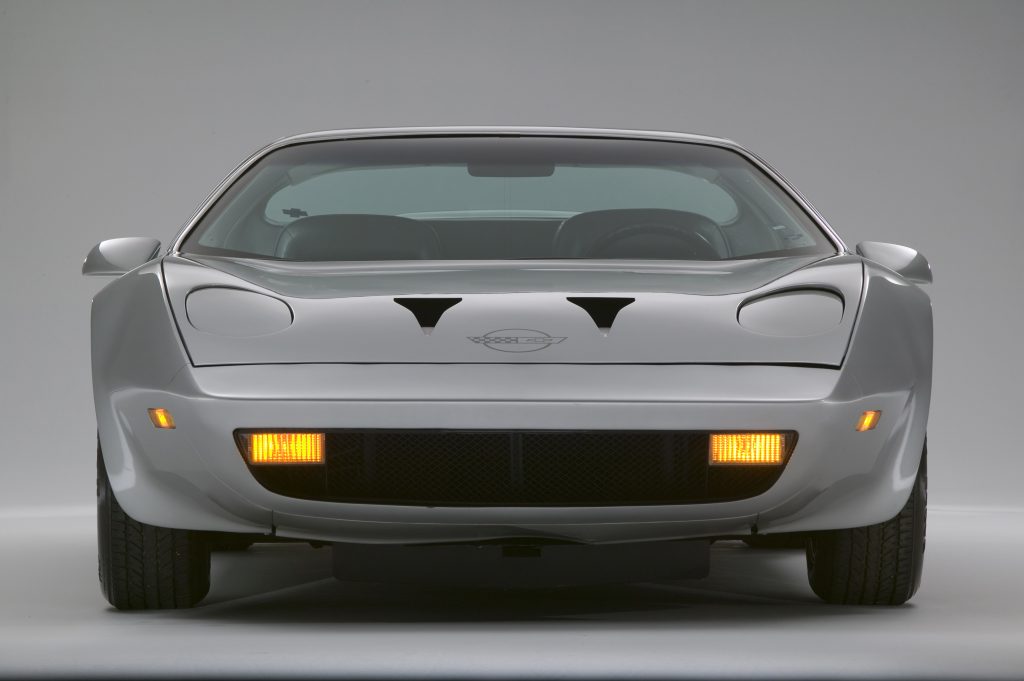
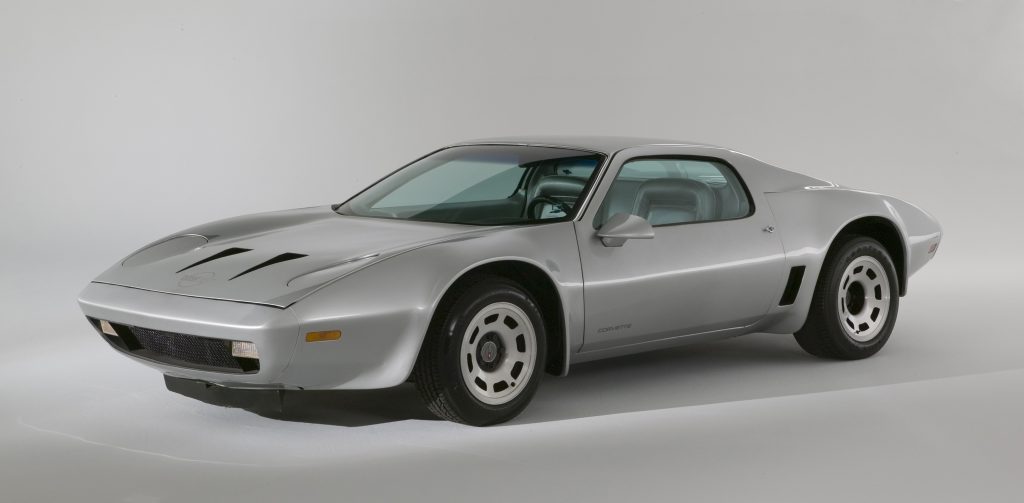
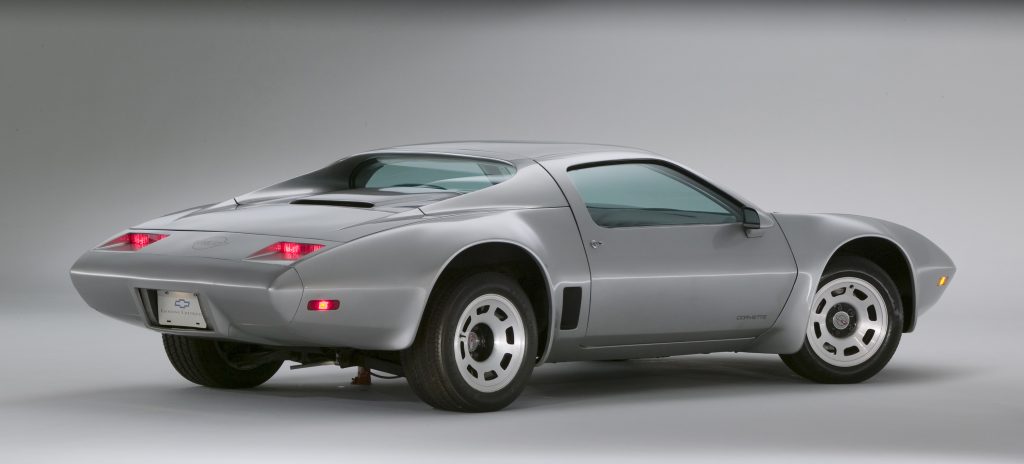
To top it all, the one man whose mid-engined vision for the Corvette had never waned – Zora Arkus-Duntov – finally threw in the towel, retiring from General Motors in 1975, frustrated that no real progress had been made in productionising the concept to which he’d made so much commitment.
And the story may well have ended there, had it not been for yet another twist to the tale. Barely a year after Arkus-Duntov had left, mid-engined sports cars started to appear from everywhere: Ferrari introduced the Dino, 308 GTB and Boxer; Fiat was making hay with the X/19; and Lamborghini had a new poster-boy with its Countach. GM’s design chief, Bill Mitchell – previously a mid-engine sceptic – couldn’t avoid the obvious trend, and ordered a re-think of XP-895. The emissions-hungry rotary unit was pulled and replaced by a good ‘ol 400cu in (6.6-litre) V8, and, renamed ‘Aerovette’, the concept toured the show circuit, with GM hinting that this could indeed be the new Corvette C4.
But once again fate had other plans. Arkus-Duntov’s replacement as the Corvette’s chief engineer, Dave McLellan, believed that such a major overhaul of the ‘Vette’s basic design principles was a step too far. The costs of re-engineering the platform would have been considerable, and there was a genuine concern about alienating traditional ‘Vette buyers, who were in turn becoming older and more focused on comfort. (Jeez, they were even fitting automatic gearboxes to the C3!)
Fast forward nearly 40 years, though, and those buyers were dying out. Successive Corvette series (C4-C7) had successfully carried the torch for the brand, but by 2020 a new buyer was in the frame; someone younger, and more susceptible to the charms of European sports cars, with their inherent sophistication – and mid-engine configurations. Small wonder that Chevrolet, with its C8, finally bit the bullet and put the cart before the horse.
Check out the Hagerty Media homepage for daily news, features, interviews and buying guides, or better still, bookmark it. Or sign up for stories straight to your inbox, and subscribe to our newsletter.


